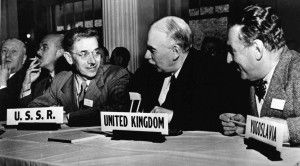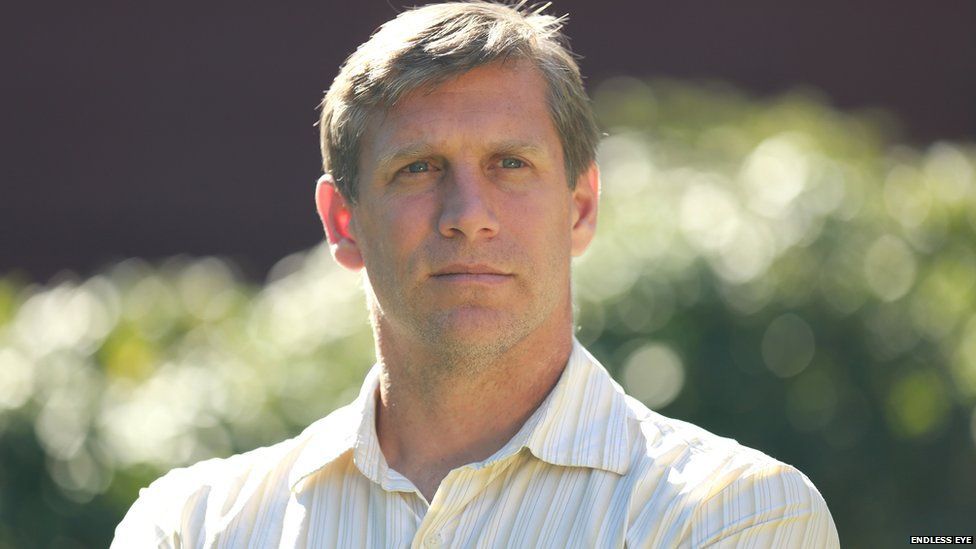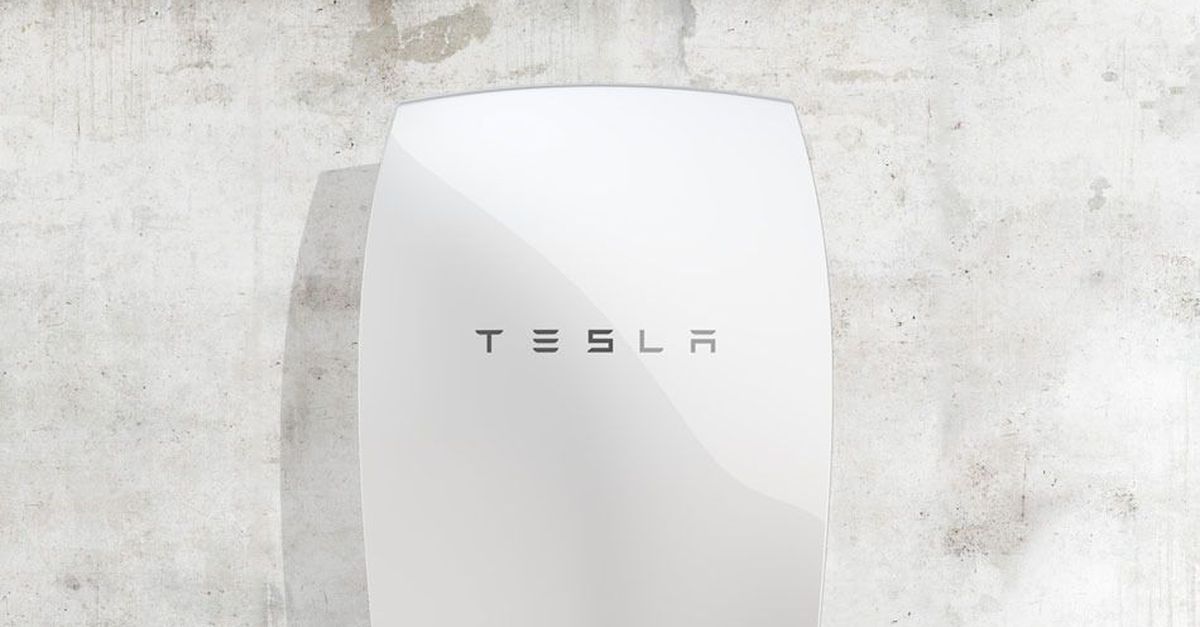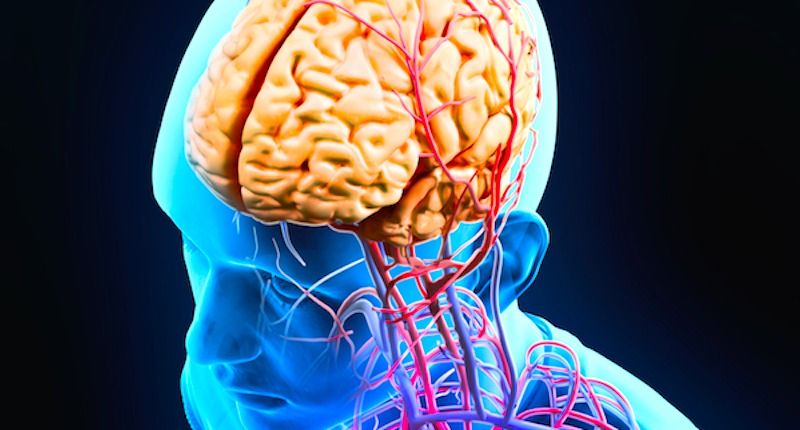Sep 19, 2015
Asteroid-Mining Plan Would Bake Water Out of Bagged-Up Space Rocks
Posted by Klaus Baldauf in categories: business, space
PASADENA, Calif. — A new way to harvest asteroid resources is being eyed as a possible game changer for space exploration.
The patent-pending innovation, called “optical mining,” could allow huge amounts of asteroid water to be tapped, advocates say. This water, in turn, could provide relatively cheap and accessible propellant for voyaging spacecraft, lowering the cost of spaceflight significantly.
Development of the optical-mining idea has been funded by a NASA Innovative Advanced Concepts (NIAC) fellowship and grant, along with a small business contract. The concept — which is also known as the Asteroid Provided In-Situ Supplies plan, or Apis — was detailed here during a special NIAC session held on Sept. 2 during the American Institute of Aeronautics and Astronautics’ (AIAA) Space 2015 meeting. [How Asteroid Mining Could Work (Infographic)].
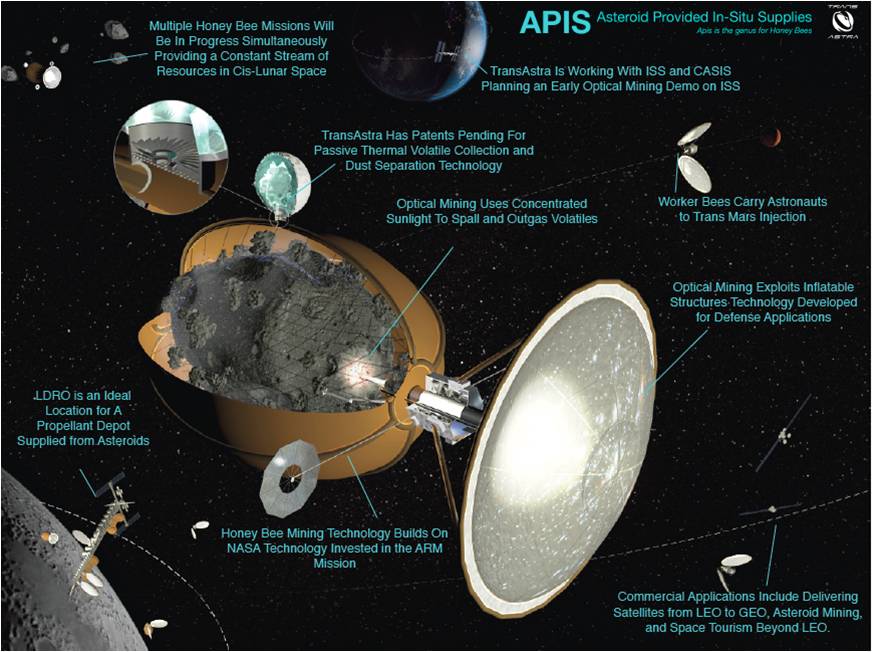
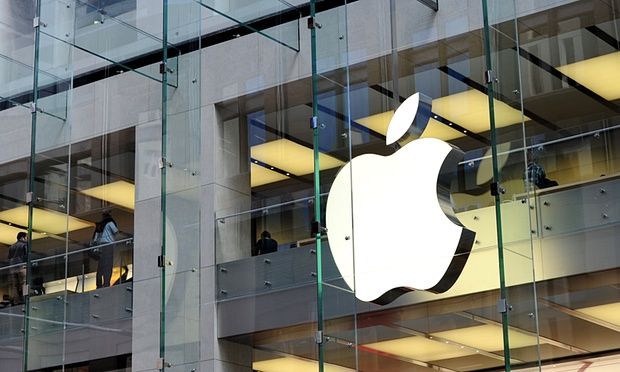
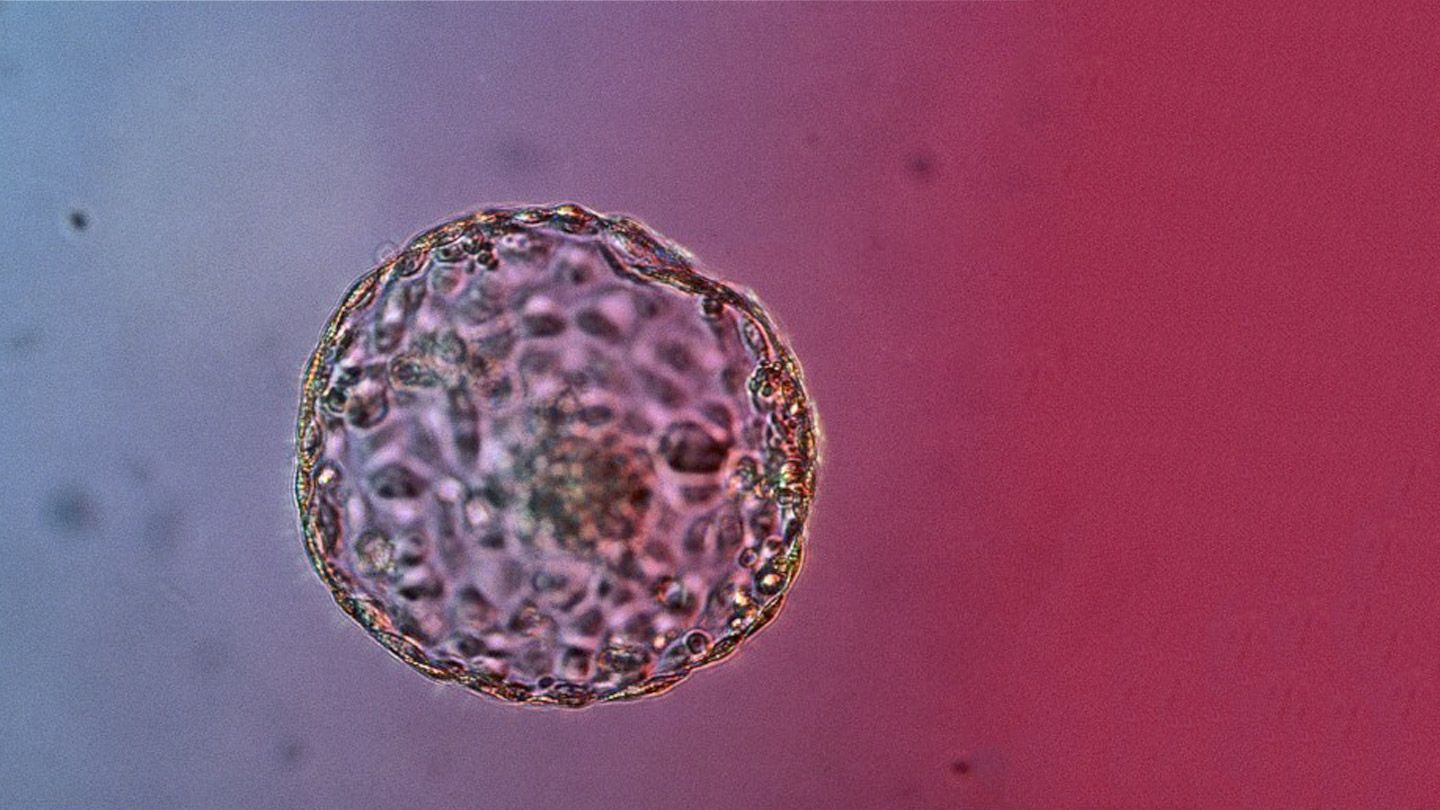
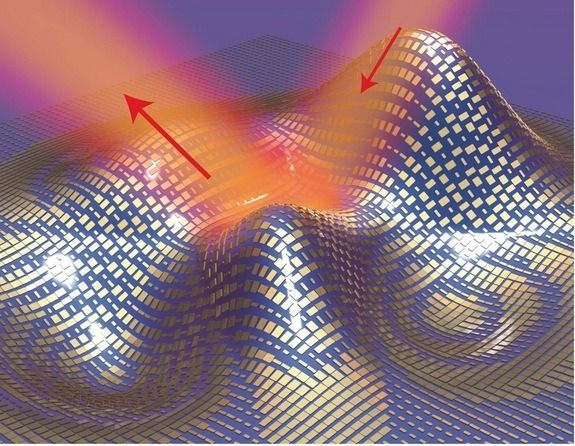
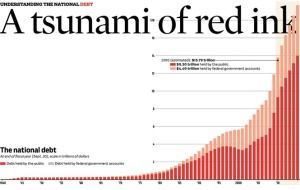 Alas, I can not think of anything that puts such an oppressive and unfair burden into perspective, except to this:
Alas, I can not think of anything that puts such an oppressive and unfair burden into perspective, except to this:
